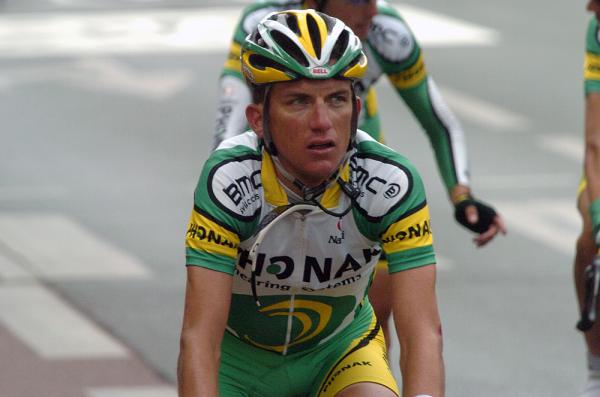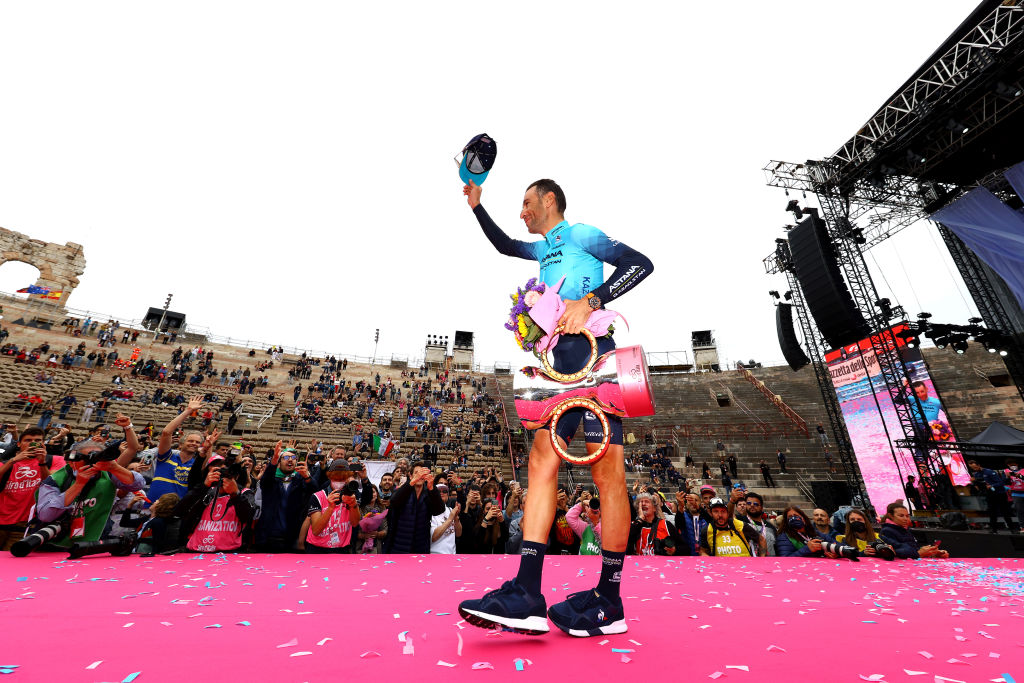Operacion Puerto trial: Hamilton outlines doping and blood transfusion program
At least one transfusion performed by Fuentes assistant with no medical background

Tyler Hamilton has produced what could be some damning evidence in the ongoing Operacion Puerto trial concerning Doctor Eufemianio Fuentes during his statements made by video-conference today from the USA.
Although it is generally known that Fuentes provided him with banned substances and carried out blood transfusions from 2002 through to 2004, according to Hamilton, Fuentes' assistant - mountain biker Alberto Leon, who had no medical background - was responsible for at least one transfusion.
In a trial which is for public health offences, the accusation that there was no medical staff present during an operation of that nature could be crucial. Perhaps equally important, although not direct evidence regarding whether the blood bags stored in Madrid were used correctly, Hamilton also said that in 2004, he believes that he could have had blood in his system that was not his.
Hamilton explained what he called a "working relationship" with Fuentes. He said that he had first met Fuentes when driving to a race from Girona to Valencia on a highway rest area on Spain's east coast in early 2002: "Just to connect, number one to be introduced to each other and number two to discuss a plan for the future."
"The biggest thing was performing the transfusions...He offered me EPO, testosterone, growth hormone, insulin, I think that's it," Hamilton told the court. The first blood extraction took place in March of 2002. There was no written advice about risks, he said, and there were no tests to check his health status, although Fuentes did take his hematocrit values.
Hamilton's blood was identified by the code 41-42, by his own request, and in total he saw Fuentes "probably 15 times", with extractions and/or transfusions of blood on each occasion.
"He gave me a calendar with a schedule of races, a schedule of when to take what performance-enhancing drug.I remember the circles were EPO, depending on the colour of the circle the amount changed I had to take." He didn't follow the program for HGH and only took insulin once but "did not like the way it made me feel." He also felt ill after a transfusion in July 2004.
The latest race content, interviews, features, reviews and expert buying guides, direct to your inbox!
"The worst reaction I had was in 2004 when I had a re-infusion during the 2004 Tour de France and as far as I could tell all of the blood wasn't stored properly," Hamilton said. "The reason why I knew that 30 or 40 minutes later when I went to the bathroom, my urine was black."
Hamilton said that only "three or four riders" were able to afford using the top-end version of Fuentes' private transfusion system, which included keeping their blood in an ultra-sophisticated freezer nicknamed Siberia. But it came at a price: he paid cash, 25,000 to 30,000 euros a year initially, with extra for the drugs but when ‘Siberia' came into the operation in 2004, the price doubled to 50,000 euros per year.
Hamilton outlined two areas that could prove critical in what is a trial for offences against public health, not doping per se: he pointed out that at some point in 2004, when he tested positive for a blood transfusion, there were three possible explanations: "They said that I had another person's blood in my organism: either that or my sample had been tampered with or the test didn't work. I'm not sure I know the answer." Either way, after the positive test he ended his relationship with Fuentes, in September 2004.
The second key area for a trial concerning offences against public health charges was to do with the assistant, Alberto León, whom Fuentes used to help supervise the blood transfusion process. Hamilton recollected that León, a former mountain bike racer who committed suicide in 2011 - but whose name he did not recollect - was present during the re-transfusion in the Tour de France in 2002, but "no doctor. It was in a hotel room."
He added that on one occasion the hotel he was using was surrounded by journalists who would have recognised Fuentes so he contacted the doctor by phone and they came up with an alternative last-minute plan. He mentioned a blood transfusion session with teammates in Madrid, in 2004 with Fuentes and [Fuentes business partner] Merino Batres "scurrying around back and forth to the other rooms."
Hamilton described the effects of the doping to be so successful that "if you look at the results we were breathing through our noses." He ended his statement to the Madrid court by saying he was sorry for having broken the rules.

